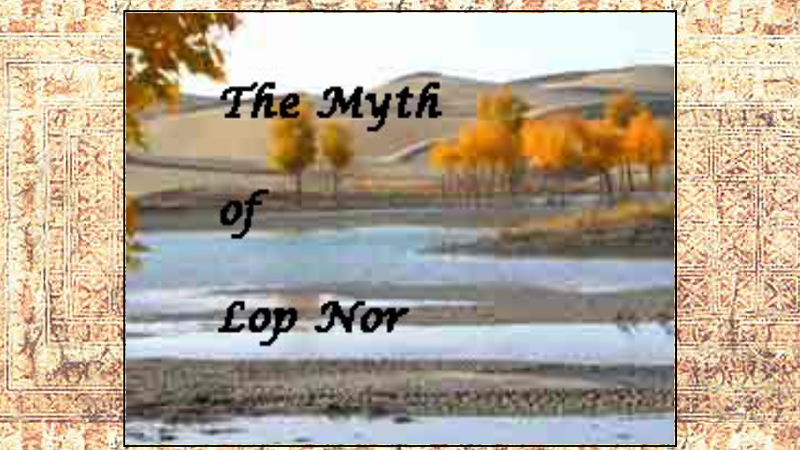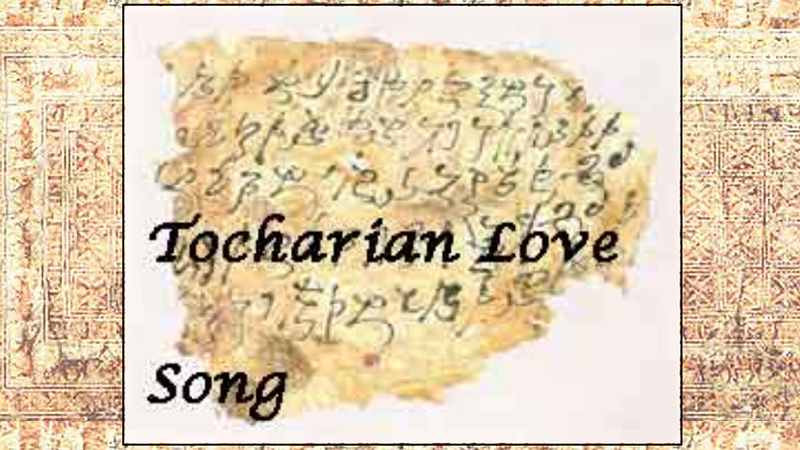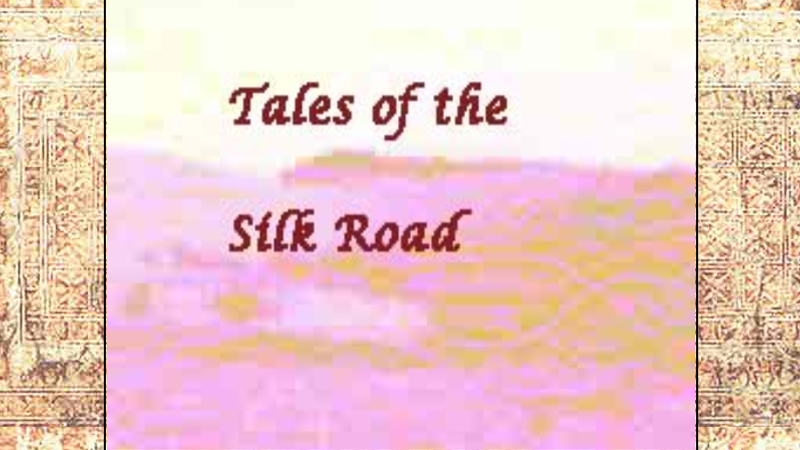"Tarim Tapestry" collects several short fiction works "inspired by the ancient history and folklore of the Taklamakan Desert in central Asia. It includes 'The Beauty of Loulan,' 'The Witches of Subeshi,' 'Tocharian Love Song,' 'The Myth of Lop Nor,' and 'Tales of the Silk Road.'
This piece contains experiments with HTML 5 and JavaScript. In 'The Beauty of Loulan,' the reader coaxes the text to appear by 'weaving' a traditional fabric of the area on a virtual loom.
In the remote Tarim basin, near the Peacock River, 4000 years ago, lived a woman who has come to be named The Beauty of Loulan. When she was buried, she wore a middy skirt, fur boots, a woven woolen cloak decorated with long loops, and a felt and wool hood topped with a decorative feather. Beside her was a basket containing grains of wheat – a winnowing tray covered her.
This well-preserved mummy is part of a series of mummies discovered in the far western desert in present-day China (Xinjiang), which date from 2000 BCE to 200 CE. Their costumes, and especially textiles, may indicate a common origin with Indo-European Neolithic clothing techniques. Textile expert Elizabeth Wayland Barber, who examined the tartan-style cloth, marked similarities between it and fragments recovered from salt mines associated with the Hallstatt culture. She especially noted the plaids and twills used by the early Tarim peoples.
So, since she can no longer tell her whole story, we must imagine one for her. This piece is inspired by the complex weaving strategies of the ancient people of the Taklamakan Desert – the elaborate long-hop twills, the weft looping, the tablet tapestries. The reader, using a touch screen, can follow the weft through the warp of centuries to recover the fabric of the life of The Beauty of Loulan." -- Marjorie Luesebrink
1 COPY IN THE NEXT
The Marjorie C. Luesebrink Collection
An unpublished copy.
Marjorie Luesebrink donated this work to the Electronic Literature Lab in September of 2021.
COPY MEDIA FORMAT
Web



